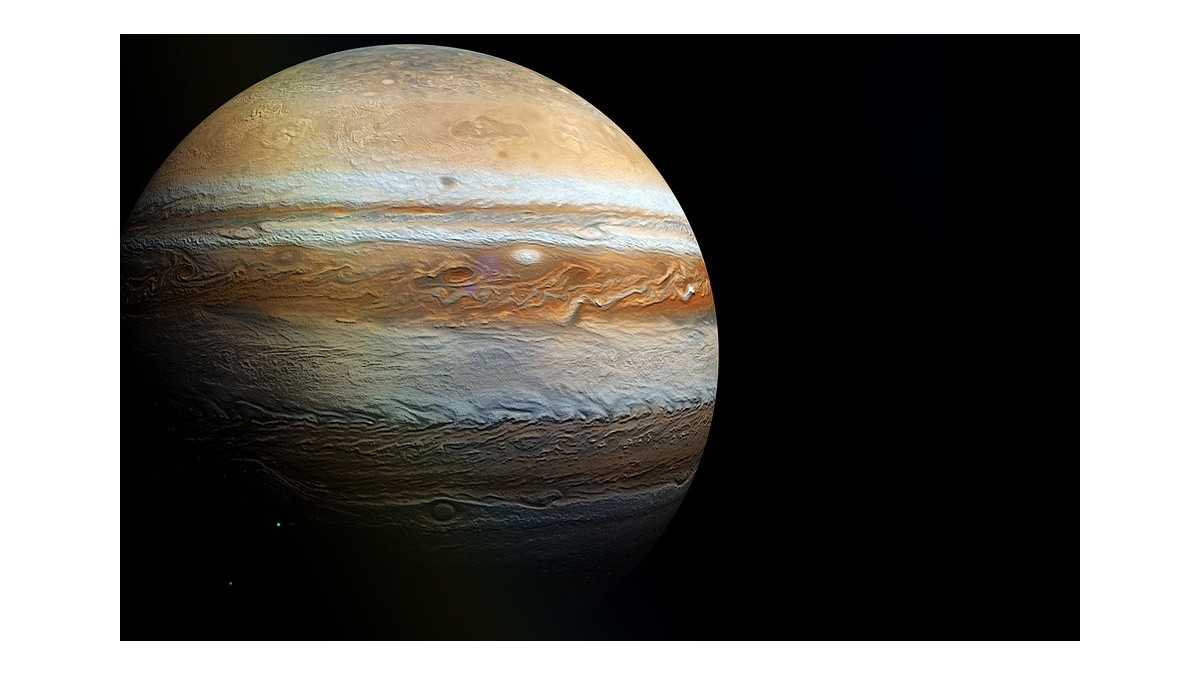Newly captured images of Jupiter reveal two enormous thunderstorms raging within the planet's Southern Equatorial Belt (SEB). According to reports, these storms are expected to release green lightning and potentially dilute the belt's distinct reddish-brown colour. Observers suggest this phenomenon could drastically change the visual appearance of Jupiter's surface.
The photographs, taken by astrophotographer Michael Karrer using an 8-inch Celestron telescope near his residence in Austria on November 30, showcase two significant white patches within the SEB, as per reports. The white storms, described as massive thunderstorms, were discussed by John Rogers, an astronomer at the British Astronomical Association, in a report by Spaceweather.com. He noted that similar storms were last observed on the gas giant between 2016 and 2017.
Thunderstorms' Dimensions and Lightning
Reports indicate that the thunderstorms extend nearly 100 kilometers beneath Jupiter's swirling atmosphere. Though their exact dimensions remain uncalculated, their widths are thought to exceed Earth's diameter. The storms also unleash green lightning, caused by atmospheric ammonia, in contrast to the blue hue of terrestrial lightning attributed to water vapor. This was previously detailed in NASA research,
Potential Effects on Jupiter's Color
As the storms dissipate, their pale hues may mix with the SEB's rusty tones. This blending effect has been reported to diminish the belt's vibrancy, and historical observations confirm that the SEB has seemingly “disappeared” during similar events, including between 1973 and 1991 and briefly in 2010, according to Astronomy Magazine. While the current storms have already begun creating pale streaks, it remains uncertain whether they will entirely erase the SEB's distinctive colouring.
Optimal Viewing Conditions for Jupiter
Jupiter's proximity to Earth, known as opposition, has made it an ideal target for astronomy enthusiasts. Reports suggest that the planet, located in the Taurus constellation, will remain visible for several weeks. Stargazers with telescopes or binoculars are encouraged to observe the phenomenon while conditions are favourable.


